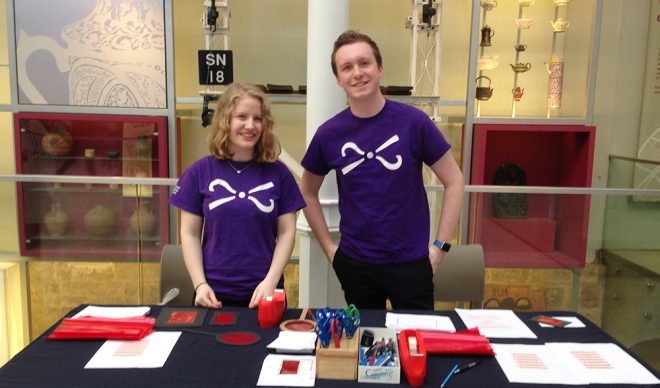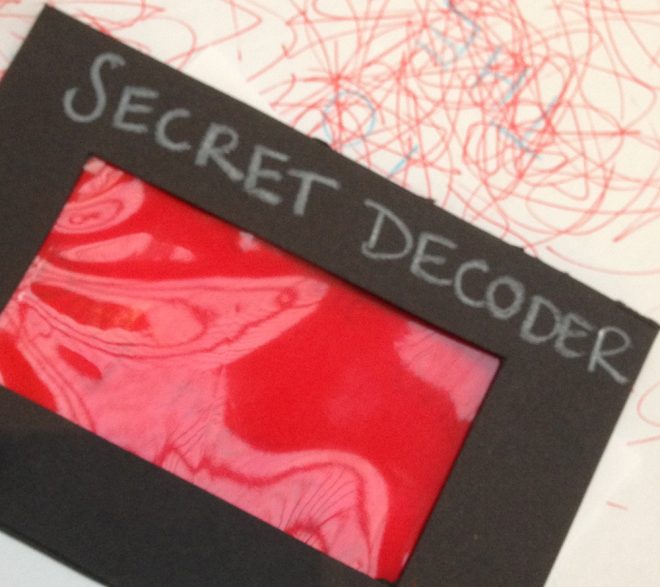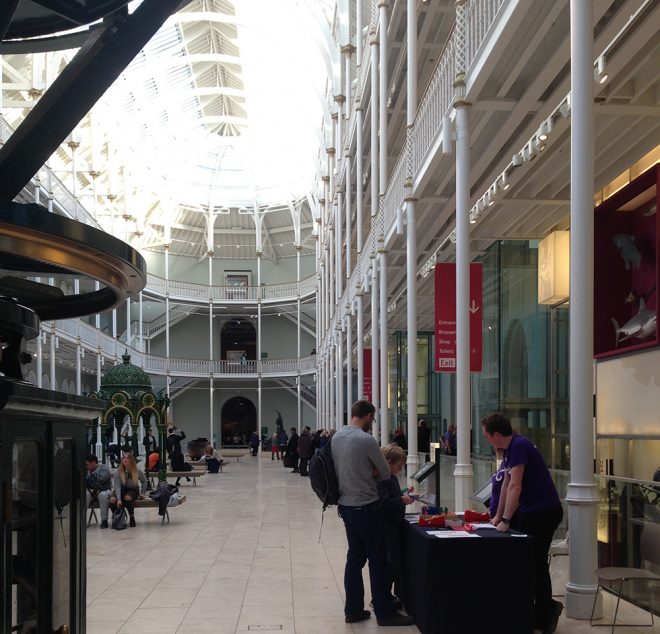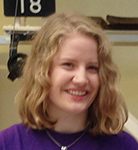“Wow, that’s so cool!”
This is the most common response I get when I tell people that I work at the National Museum of Scotland. As part of my master’s degree, I have been placed in an eight-week position at the National Museum, working closely with the Science and Technology team. And yes, it is very cool.
As budding science communicators, my coursemate and partner-in-crime, Daniel MacDougall, and I have had just eight days (we’re only here once a week!) to gain as much knowledge and professional experience as possible.

Surprisingly, as very temporary employees of the National Museum of Scotland, we’ve actually done a lot of fascinating and meaningful work. Daniel and I have written object files on items in the new Science and Technology galleries, developed two new drop-in science activities, helped out at two of the museum’s Science Saturdays and created a Mini Magic Carpet programme for 0-2 year-old visitors. Not bad for eight days of work!
We’ve experienced a wide range of science communication work, from practical, behind-the-scenes work like researching color blindness activities and writing up activity risk assessments, to more public, engaging tasks like singing songs and telling stories about the Ice Age with infant and parent museum-goers.

We’ve watched children’s faces (and sometimes parents’ too!) light up as they decode colorful hidden messages, discover the intricacies of prisms, and marvel at hot air balloons. For me, that’s what science communication is all about: sparking amazement and curiosity. I find science fascinating and I want to share that wonderment with other people.

My entire placement at the museum has been great and I’ve definitely learned a lot of valuable lessons. But more than anything, the most valuable thing I have truly gotten out of this work placement is the affirmation that communicating science and sparking curiosity is what I want to continue doing. I’m sad my eight-week crash course in museum science engagement has come to an end.
